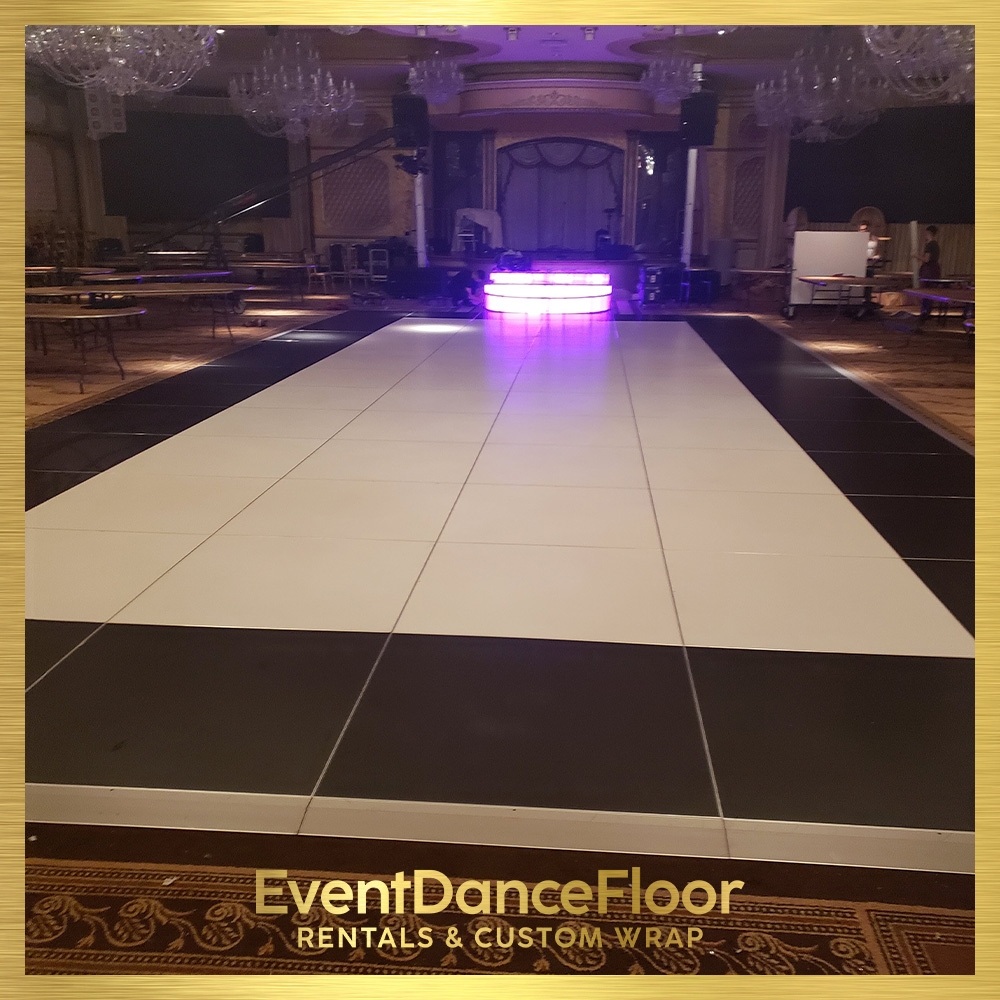LED Interactive Dance Floors
How do LED interactive dance floors work in terms of detecting movement and responding with lights?
LED interactive dance floors utilize sensors or pressure-sensitive technology to detect movement on the surface. When a dancer steps or moves on the floor, the sensors send signals to the LED lights embedded in the floor, triggering them to respond with various patterns or colors that correspond to the movement. This real-time interaction creates a dynamic and engaging visual display that enhances the overall dance experience.







